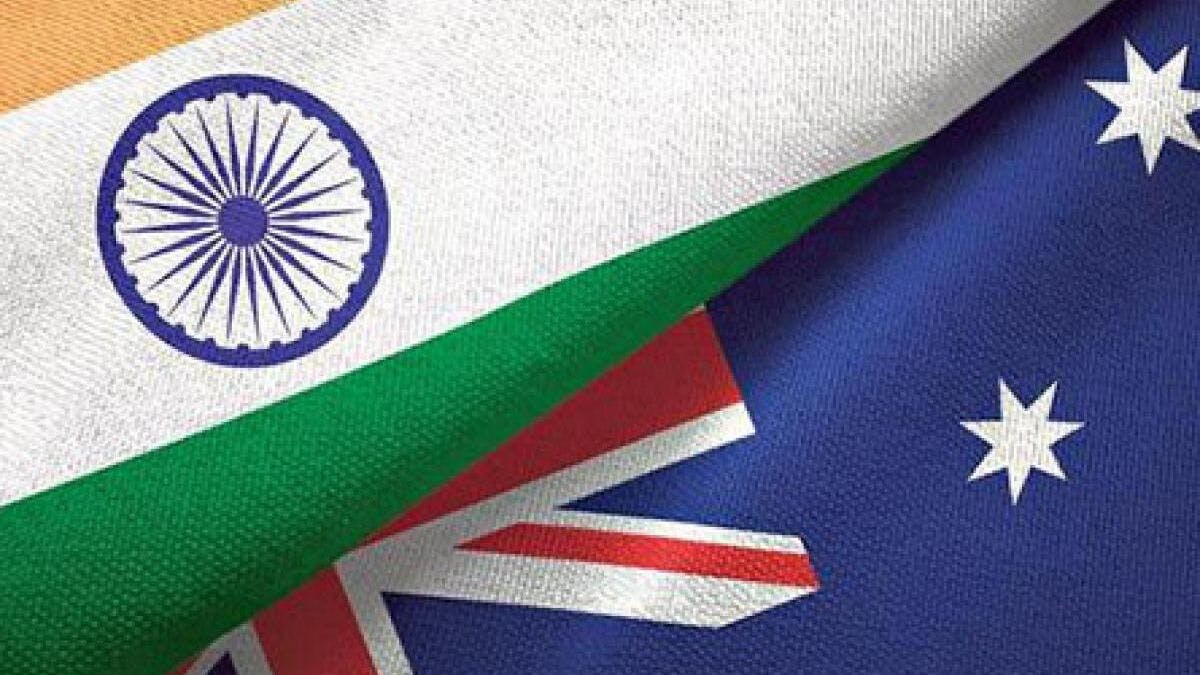In December, Tim Ayres, Australia’s assistant trade minister, visited India to evaluate the advancements in the pact.
Ayres aims to conclude the agreement by the year’s end, emphasising that the successful completion of this ambitious deal will unlock the full potential of the bilateral economic partnership between Australia and India. The Economic Cooperation Trade Agreement, signed in April 2022 and effective from December 29, 2022, has already demonstrated positive outcomes.
Notably, India’s trade deficit with Australia has decreased by 15%, attributed to increased exports of pharmaceuticals, electrical machinery, and iron and steel articles following the implementation of the agreement.
Experts believe that the Australia-India trade deal is proving to be a substantial win for Australian exporters, providing both economic relief and job opportunities while fostering a stronger partnership between the two nations.
Key Points:
- Agricultural Exports Soar: Agricultural exports to India have witnessed an impressive 50% increase since the trade agreement’s enactment on December 29, 2022. This surge includes substantial boosts in sheep meat, seafood, broad beans, citrus, and almonds.
- Industrial Exports Flourish: Most industrial exports to India have seen a robust growth of around 30%, with pharmaceuticals, wood and paper, and cochlear implants leading the way.
- Competitive Edge: Starting January 1, 2024, Australian exports to India will become even more competitive, as additional tariff cuts are applied to high-quality products such as seafood, cherries, sandalwood, and wine.
- Economic Relationship Strengthened: The trade agreement has significantly strengthened the economic relationship between Australia and India, facilitating smoother trade of goods and services.
- Tariff Reductions and Savings: From January to September 2023, Australian businesses benefitted from lower tariffs on exports worth $15.2 billion to India. Simultaneously, businesses and households in Australia have saved over $145 million in duties on goods imported from India, covering items like clothing, household linen, automotive, and electrical parts.
- Supply-Chain Improvements: The agreement has alleviated supply-chain stresses for Australia’s manufacturing, resource, and construction industries by enhancing access to crucial inputs like tubes, pipes, and off-road dump trucks.
- Next Steps: Australia and India are actively working on the next phase of their trade relationship—an ambitious Comprehensive Economic Cooperation Agreement (CECA). This comprehensive trade agreement aims to delve deeper into areas like digital trade, promising significant new market access for Australian exporters.
India’s domestic agriculture market access holds key
India is likely to finalize a comprehensive trade deal with Australia post the conclusion of the 2024 general elections.. The delay is attributed to Australia’s pursuit of access to India’s domestic agriculture market, a politically sensitive matter. In December of the previous year, both nations inked an interim trade deal, wherein India made limited commitments in agriculture by removing duties on specific items like avocados, certain peas and beans, onions, leeks, asparagus, and cherries. However, Australia is pushing for more extensive access to India’s agricultural market.
Despite India keeping most agriculture and dairy sectors insulated from trade agreements, it did open its wine market to Australia for the first time in the Australia-India Economic Cooperation and Trade Agreement (ECTA) signed last year. Government officials, however, noted that Australia’s wine exports to India have not experienced a significant surge in the past 12 months. For wine bottles over $5, India agreed to immediately cut import duties to 100 per cent from 150 per cent and phase it to 50 per cent over nine years. In case of wine bottles over $15, import duties were immediately slashed to 75 per cent from 150 per cent with a commitment to phase it to 25 per cent over nine years.
“India’s agriculture sector is politically sensitive with a protectionist sentiment that is unlikely to fade. The central and state governments seek to balance smallholder and consumer needs with the broader goals of minimising social disruption and maximising electoral rural support,” Australia’s department of foreign trade had said.
“So India will remain a difficult market, prone to fluctuating import demand and sharp policy changes – hedging against this volatility is part of spreading risk. But there is scope for it to become more predictable,” it had said.
Minister for Trade and Tourism, Don Farrell: “India represents a massive opportunity for Australian business to diversify into new growing markets.”
“In the year since this agreement came into effect, we have seen enormous gains for a range of Australian exporters, including our farmers, manufacturers, and our universities.”
“This is a relationship we need to invest in and I look forward to working with India to take our trade agreement to the next level.”
Keep up to date with our stories on LinkedIn, Twitter, Facebook and Instagram.

